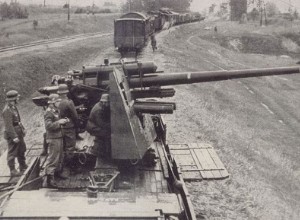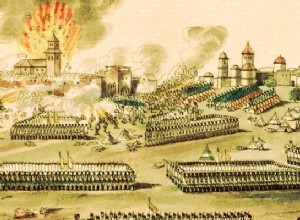What was so magical about the German 88mm gun? Was it this all-powerful cannon, which fired 16 km and sowed terror everywhere, as described by a persistent legend? No. When the Second World War broke out in 1939, the 88 gun was already six years old — and the original model was even older.A former t




